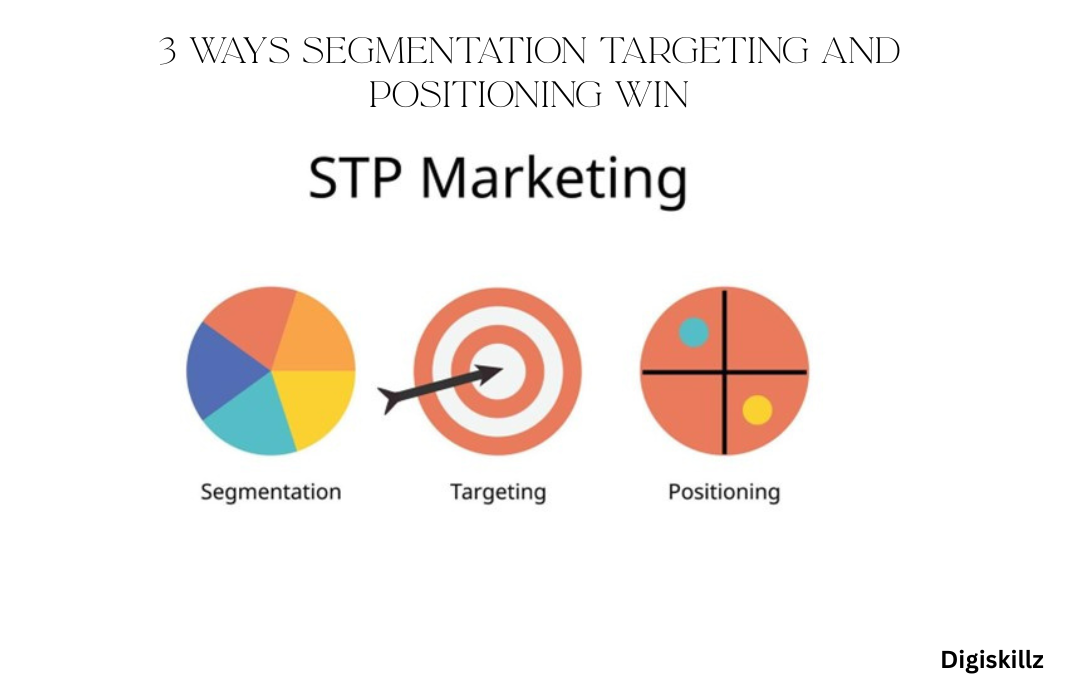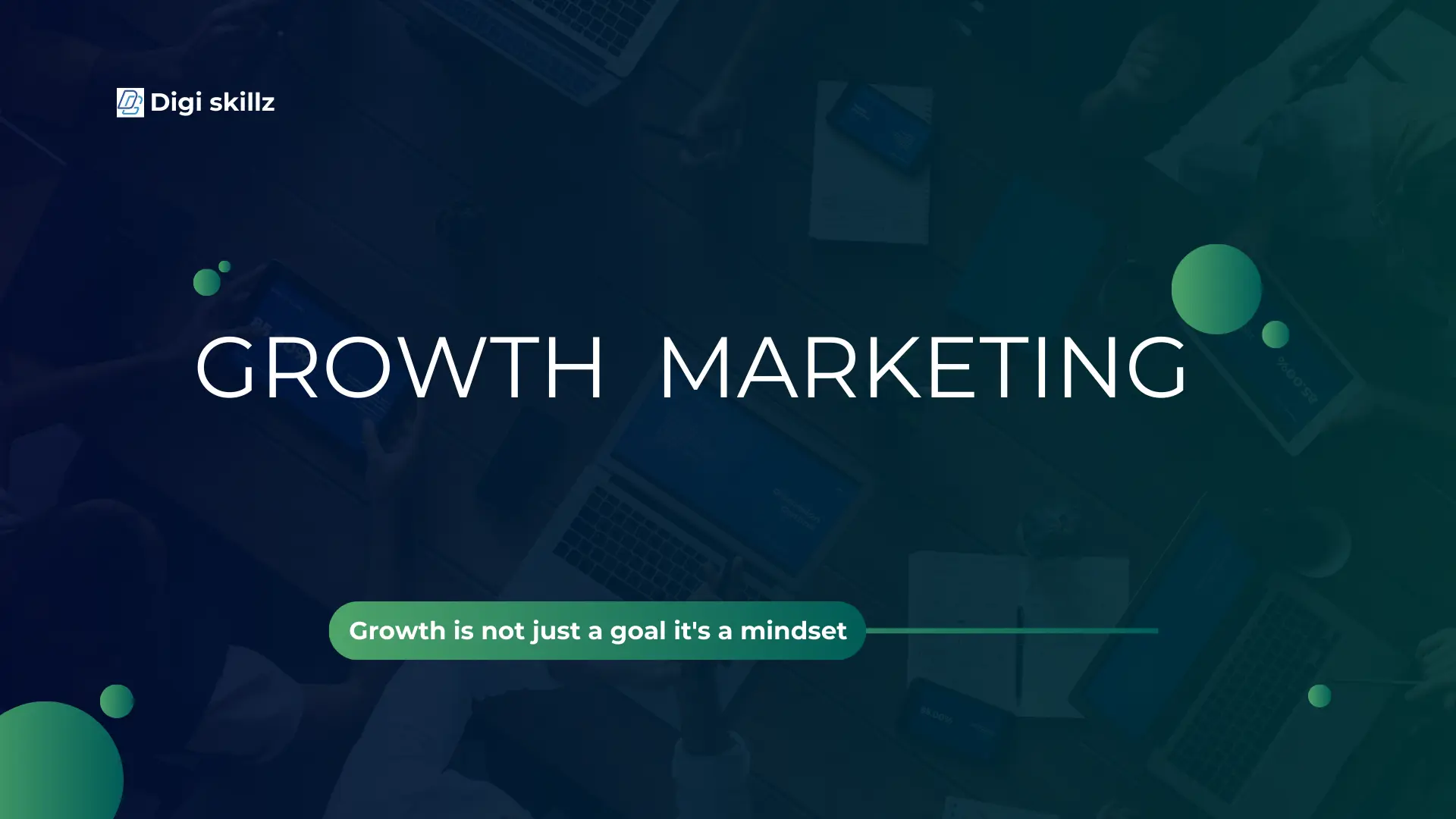
Transform your ideas into reality with professional website development services.
In today’s hyper-connected world, having an online presence is no longer optional for businesses or individuals who wish to make a mark. The digital landscape is growing at an unprecedented pace, and websites are at the heart of this ecosystem. Website development, once a specialized field exclusive to expert coders and designers, has become accessible to everyone. Whether you’re a budding entrepreneur or a large corporation, a well-constructed website is critical for visibility, credibility, and growth.
This guide will delve into every aspect of website development, explaining the fundamentals, tools, processes, and best practices. We’ll explore why your website is more than just a digital business card and how a well-designed, functional site can drive traffic, engagement, and conversions. Furthermore, we will look at the different website development platforms, from no-code options like Wix and WordPress to more advanced coding languages such as HTML, CSS, and JavaScript. This blog will also explore SEO-friendly design and mobile optimization, ensuring your website ranks well on search engines.
Let’s embark on this journey into website development, where we’ll explore the foundational principles that guide the creation of effective websites. In an era where a strong online presence is essential, understanding these core concepts will empower you to design and develop high-performing websites tailored to the needs of both modern users and businesses.
Throughout this journey, we’ll dive into essential topics such as user experience (UX) design, responsive layouts, and the importance of fast loading times. You’ll learn how to create intuitive navigation, optimize content for search engines, and ensure your site is accessible on various devices.
A strong online presence is essential for success in the modern digital environment. This guide will take you through five essential steps in web development to help you create an impactful website that captures attention and drives engagement. Whether you’re a beginner or looking to enhance your skills, you’ll find the tools and techniques you need to thrive online.
Table of Contents
What is Website Development?
Website development is the umbrella term for website design, development, and maintenance. It encompasses a range of activities, including web design, content creation, client-side and server-side scripting, network security configuration, and database management. Essentially, website development is the building block that allows websites to be functional, attractive, and user-friendly.
At its core, website development can be divided into two primary areas: front-end development (what users interact with) and back-end development (the server, database, and application layers that users don’t see). These two components must work together seamlessly for a website to deliver a smooth user experience.
Front-End Development: Creating the User Experience

Unlock your digital potential with expert website development solutions.
Front-end development focuses on everything that users see on a website. It involves HTML (HyperText Markup Language), CSS (Cascading Style Sheets), and JavaScript to create interactive features, design elements, and overall user experience (UX). Whether it’s a shopping cart on an e-commerce website or a contact form on a corporate website, front-end developers make sure that users can easily navigate through the site.
Key Tools for Front-End Website Development:
HTML: Provides the basic structure for web pages.
CSS: Controls the layout and visual appearance of web pages.
JavaScript: Adds interactive elements such as forms, animations, and clickable buttons.
Frameworks: React, Angular, and Vue.js are a few well-known front-end frameworks.
Back-End Development: The Power Behind the Website
While front-end website development is the face of the website, back-end website development provides the logic and structure needed for the website development to function. Back-end developers work on the server-side to manage databases, create server logic, and ensure that information flows between the server and the client-side of the website development.
Key Technologies for Back-End Website Development:
Databases: MySQL, MongoDB, PostgreSQL
Programming Languages: PHP, Python, Ruby, Java
Server Frameworks: Node.js, Django, Ruby on Rails
Why Website Development Matters in 2024

Transform your ideas into stunning websites
In 2024, a well-designed website goes beyond aesthetics; it serves as a vital tool for businesses and individuals alike. Website development offers numerous benefits, beginning with establishing credibility and trust. A professional-looking website signals to consumers that a business is legitimate and reliable, making them more likely to engage. Additionally, a well-optimized website can significantly boost online visibility by improving search engine rankings, helping businesses reach a wider audience
A strong focus on enhancing the user experience (UX) is another key benefit of good web development. A well-structured and intuitive site layout allows visitors to easily find the information they need, which increases the chances of conversions. Moreover, in today’s mobile-first world, where more than half of internet traffic comes from mobile devices, mobile optimization is essential. Responsive design ensures that websites perform smoothly on all devices, from smartphones to desktops. Finally, modern website development practices enable the integration of cutting-edge technologies, such as AI chatbots and interactive animations, which help engage users and improve overall functionality
Steps in Website Development
The process of website development follows a series of critical steps. Each step plays a crucial role in ensuring that the final product is aligned with the goals of the website development owner and meets the needs of the target audience.
Planning and Research

Create a stunning, high-performing website with professional website development.
Before you begin coding, the first step in website development is planning. This involves identifying the purpose of the website, the target audience, and the features that need to be included. Planning lays the groundwork for the site’s architecture, design, and functionality.
Define Your Objectives: Is the website for e-commerce, a blog, or a portfolio and Analyze Competitors is to Study competitors’ websites to understand what works in your industry.and User Persona Creation is to Build profiles of your ideal audience to design with them in mind.
Designing the Website
The design phase is where the visual and functional aspects of a website merge, laying the groundwork for how users will interact with the site. During this stage, web designers focus on developing wireframes and prototypes to build the website’s structure, carefully considering key design elements such as layout, color schemes, typography, and the user interface (UI).
Wireframing acts as the blueprint for the website, outlining where different components like navigation menus, content, and images will be positioned. It provides a skeletal framework that guides the overall design process. Once the wireframe is in place, designers move on to prototyping, where they create a functional, visual prototype that offers a clearer sense of how the website will operate and look. This phase allows stakeholders to experience a working model of the site, refining its flow and features before moving forward.
At the core of the design phase are UI and UX design. A well-crafted UI enhances the user’s journey by making the site visually appealing and intuitive. Simultaneously, UX design ensures the site is easy to navigate, providing a smooth, enjoyable experience that meets the user’s needs. When UI and UX are designed in harmony, they create a website that is both aesthetically pleasing and functionally efficient, increasing user engagement and satisfaction.
Development

“Unlock the power of coding with expert website development tutorials
After the design phase is complete, developers take over to bring the vision to life. This stage is where front-end and back-end development come together to create a fully functional website. The front-end development relies on core technologies such as HTML, CSS, and JavaScript, which structure the site, style its appearance, and add interactive elements to enhance user experience
Simultaneously, back-end developers handle the database setup, connecting the website to databases that enable dynamic content and user interactivity, such as user accounts or content management systems. Additionally, developers may integrate third-party services through APIs, which allow for smooth connections with external tools like payment gateways, CRM systems, or social media platforms. This combination of front-end and back-end work ensures that the website is both visually appealing and functionally robust.
Testing
Once the website is fully developed, it undergoes rigorous testing to ensure that all components work as expected. This phase addresses several key areas, including functionality, responsiveness, and overall performance.
Cross-browser testing is conducted to ensure the site functions consistently across all major web browsers, ensuring a seamless experience regardless of the platform users choose. Additionally, mobile responsiveness is tested to verify how well the website adapts to different screen sizes, ensuring it delivers an optimal experience on smartphones, tablets, and desktops alike.
Finally, performance testing focuses on optimizing the website’s speed and load times, crucial factors in retaining user engagement and improving search engine rankings. By addressing these aspects during testing, developers ensure the site runs smoothly and efficiently for all users.
Launch and Maintenance
After the website successfully passes testing, it’s time for the launch. Once the site is live, ongoing maintenance is essential to ensure it remains secure, up-to-date, and functioning at its best. SEO optimization is a key part of this process, making sure the website is optimized for search engines to improve visibility and rankings. Additionally, monitoring analytics using tools like Google Analytics allows you to track traffic, user behavior, and performance metrics, helping to make data-driven improvements. Regular site updates are also necessary to maintain functionality, security, and compatibility with new web technologies. These updates ensure the website remains resilient against potential threats and continues to deliver a smooth experience for users.
Best Practices for Website Development

Transform your web presence with sleek, responsive development
After the website successfully passes testing, it’s time for the launch. Once the site is live, ongoing maintenance is essential to ensure it remains secure, up-to-date, and functioning at its best. SEO optimization is a key part of this process, making sure the website is optimized for search engines to improve visibility and rankings. Additionally, monitoring analytics using tools like Google Analytics allows you to track traffic, user behavior, and performance metrics, helping to make data-driven improvements. Regular site updates are also necessary to maintain functionality, security, and compatibility with new web technologies. These updates ensure the website remains resilient against potential threats and continues to deliver a smooth experience for users.
Popular Platforms for Website Development
While coding a website from scratch is an option, many platforms make website development more accessible, especially for non-developers. Popular choices include WordPress, the most widely used content management system (CMS) in the world, powering over 30% of all websites due to its flexibility and extensive plugin library.
Wix is another option, offering an intuitive drag-and-drop builder that’s perfect for users without coding knowledge. For those focused on e-commerce, Shopify provides a robust platform designed specifically for building online stores. Webflow stands out by combining CMS functionality with advanced design features, catering to users who want more control over aesthetics. Squarespace is another user-friendly platform known for its beautifully designed templates and ease of use. Each of these platforms offers a variety of features and tools, making website development accessible and manageable for everyone from small business owners to large corporations.
Conclusion
Website development is the cornerstone of establishing an online presence in the modern digital age. A website is often the first impression a customer has of a business, and as such, it must be well-designed, functional, and optimized for both desktop and mobile users. From the planning stage to post-launch maintenance, every aspect of website development plays a role in ensuring that a website serves its purpose whether that’s to inform, sell, or entertain.
As we move further into the future, website development continues to evolve, embracing new technologies and trends like artificial intelligence, voice search, and augmented reality. By staying up-to-date with the latest developments and best practices, businesses and developers alike can create websites that not only meet user expectations but exceed them, driving traffic, engagement, and conversions.
In the fast-paced world of digital marketing, having a solid grasp of website development gives you the tools to build a digital presence that is both powerful and effective. Whether you’re a beginner looking to create your first site or a seasoned developer, understanding the ins and outs of website development is crucial to success in today’s interconnected world.
This structure outlines the key components of an 8,000-word blog on website development, from an in-depth introduction to a comprehensive conclusion. Each chapter builds upon the previous one, ensuring that the reader walks away with a holistic understanding of the topic.
Author : Hadim Rinshad











Leave A Comment